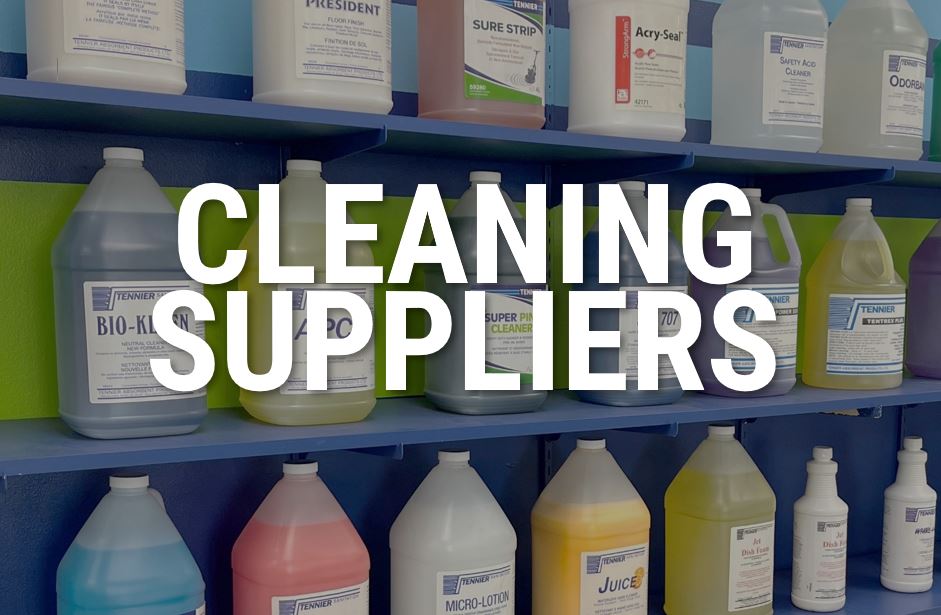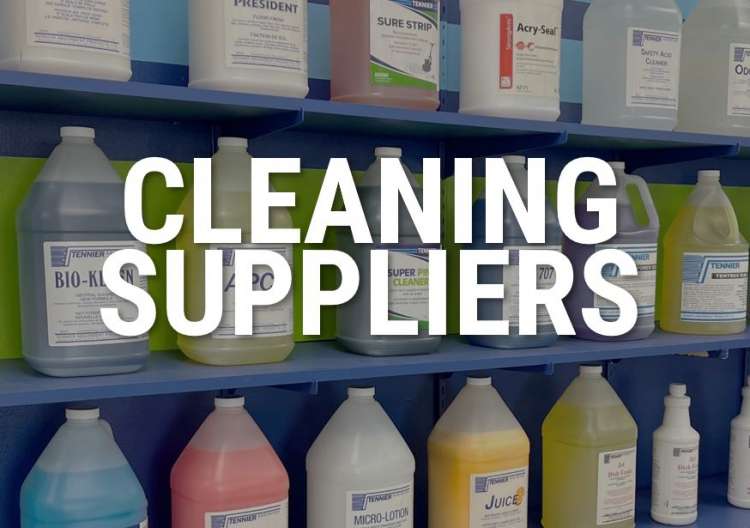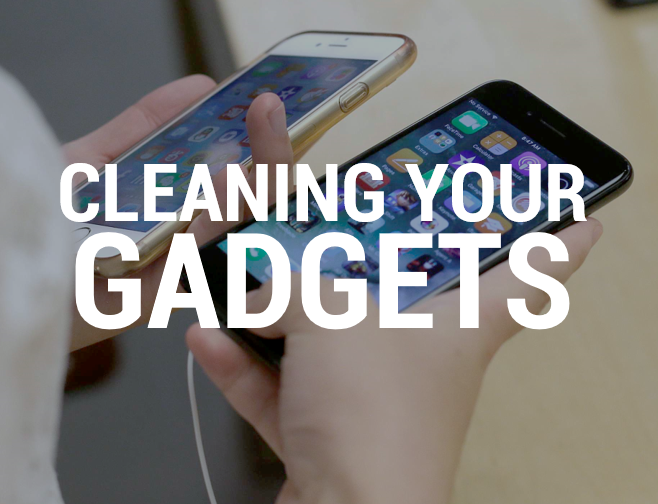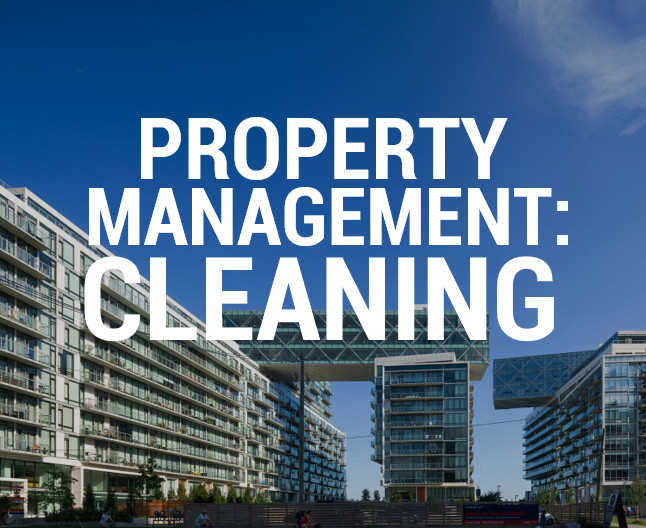Optimizing the sanitation supply chain can put more money on the bottom line
Experienced procurement professionals will tell you: Though most organizations tend to focus their supply chain optimization on their raw materials or core resale items, paying more attention to the procurement of non-core items, such as cleaning supplies, can deliver a surprisingly big impact to the bottom line.
For most organizations, cleaning supplies and paper products – from toilet paper and floor cleaner to absorbents and matting – are considered a more or less ‘fixed’ expense rather than a strategic sourcing opportunity.
But most organizations are spending more on sanitation and janitorial supplies than they realize. What’s more, it’s an ongoing expense: Your business is going to need soap and window cleaner and mopping supplies and mats for the front entrance all year long, as long as you’re still operating.
Most SMBs report that when they take the time to optimize the procurement process for their sanitation and janitorial supplies, they end up reducing their annual spend by 10-25%. Just as important, they reduce the amount of staff time required and they ensure no one ever has to make a last-minute run to the grocery store because there was an unexpected shortage of toilet paper.
Better procurement starts with the right supplier
For many organizations, optimizing their sanitation supply chain starts with finding a supplier who will help them save money, reduce admin time, and ensure that the process is seamless.
But how do you choose the right supplier? Here are our 5 tips.
1. Take the time to figure out what you really need. In our 80 years of experience, we’ve discovered one constant: 90% of companies simply don’t know just how much cleaning, sanitation, janitorial and bathroom paper supplies they’re using. Maybe it’s because cleaning-related purchases have been the responsibility of the receptionist who has almost total control over the process; maybe it’s because every department is purchasing stuff on an ad hoc basis. Spending a little time to put together a comprehensive list of what’s being used on an annual basis will help you identify the scope of your needs.
2. Prioritize your goals. Some organizations need a strategic partner for supplies, especially around health and safety-related products; some just want to reduce costs as much as possible; some organizations want cleaning supplies to be ordered and delivered without much staff involvement; others need to set up systems that will allow different facilities or divisions to have controlled autonomy – every organization is different. Knowing which of these is most important for your organization will help you compare apples to apples when selecting a supplier.
3. Look for product and industry knowledge. Sure, you probably don’t need in-depth advice about what window cleaner to buy. But what about eye-wash stations? Or choosing between a range of degreasers? Or what matting to use in different situations? And of course health and safety legislation is always changing – how do you ensure your organization is compliant? A supplier who can help you navigate your options and obligations can help your facility stay safe and compliant.
4. Look for solutions, not just products. Anyone can sell you truckloads of cleaning products. But transforming your procurement process – and reaping the resultant rewards – means designing and implementing solutions that make ordering, delivering, managing and monitoring those supplies seamless, less expensive, and less resource-intensive. A good supplier thinks in terms of ‘solutions’, not ‘stuff’.
5. Ask about reporting and follow-up. Supply chain professionals know that the greatest gains happen over time. This means tracking data, generating reports, setting a schedule for review and using that data and insights to adjust the process as required. A good sanitation supplier will provide reporting, insights, and then work with you to refine your procurement process to ensure you continue to see gains.
The cleaning supply chain may not be sexy. But it can be efficient.
We understand that not everyone can get excited about optimizing the cleaning supply closet. But everyone should be able to get excited about a healthier bottom line. And choosing the right supplier for your cleaning, sanitation and janitorial supplies can definitely make a difference.





